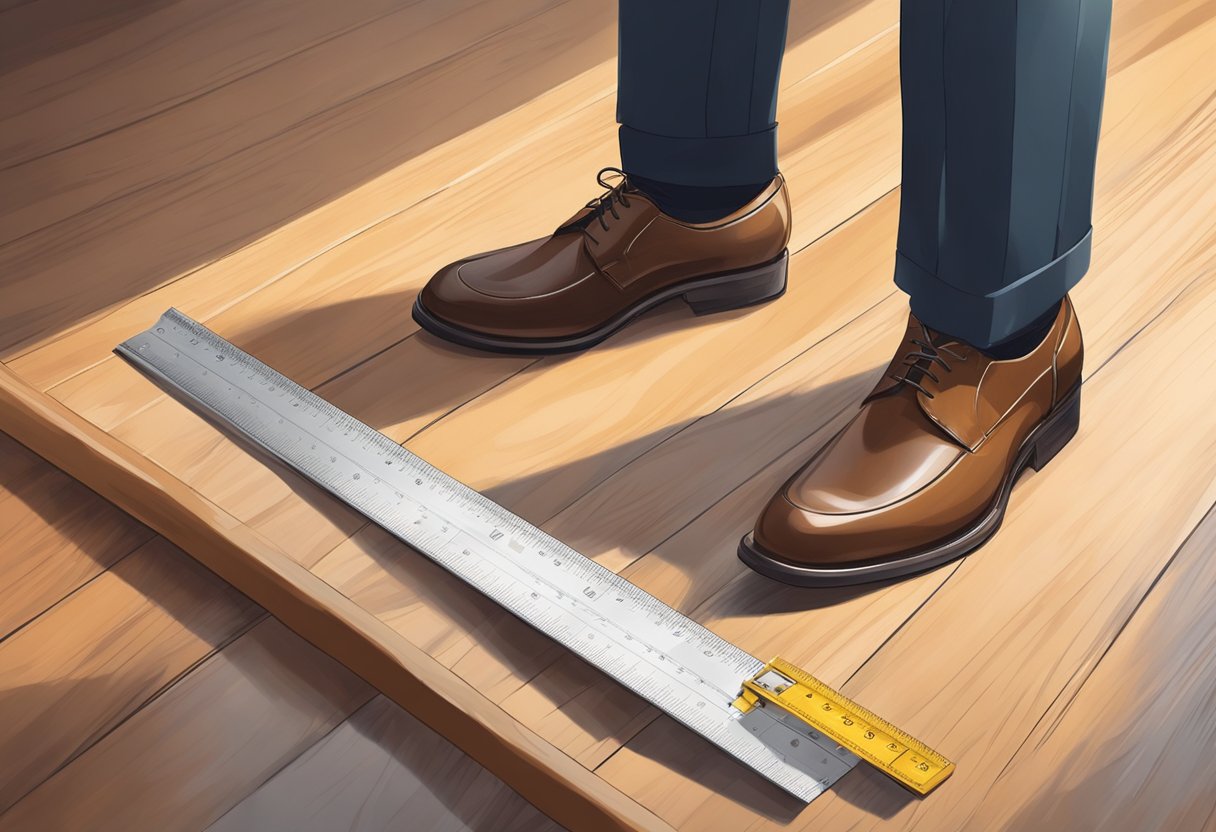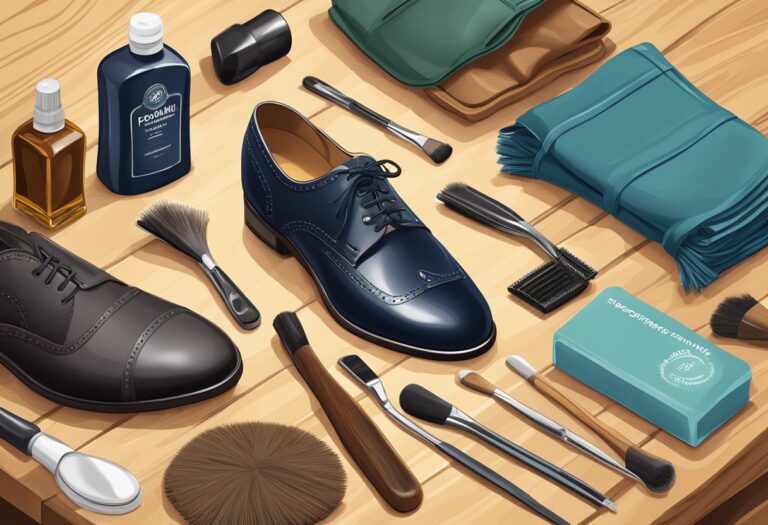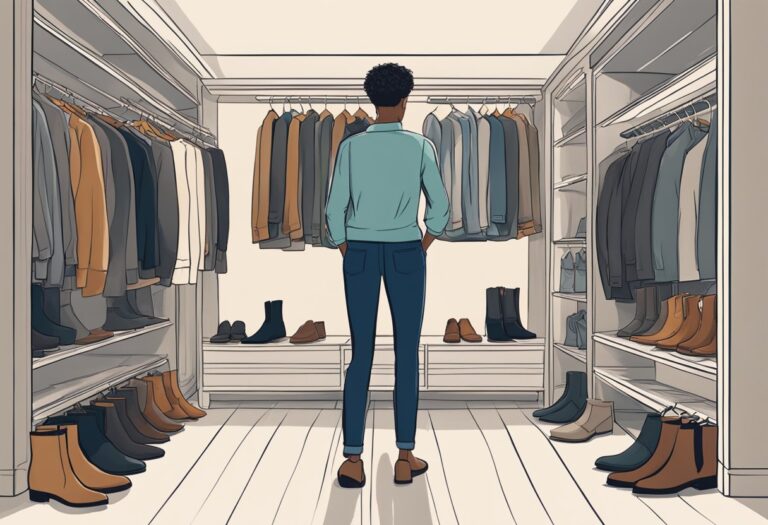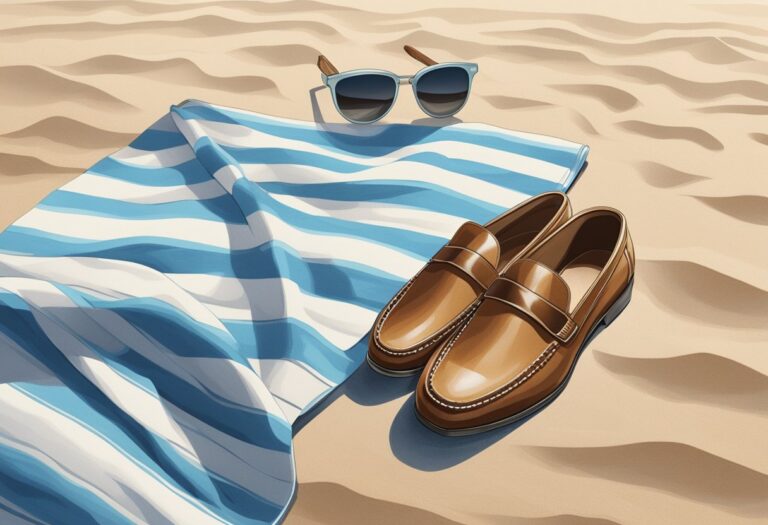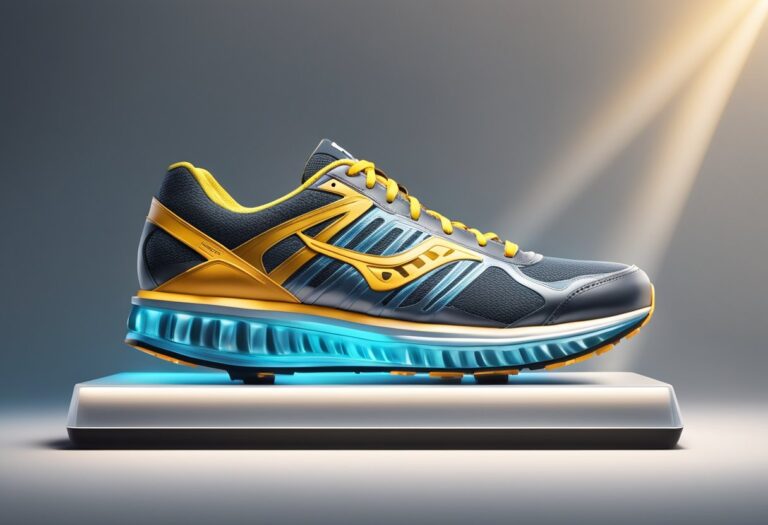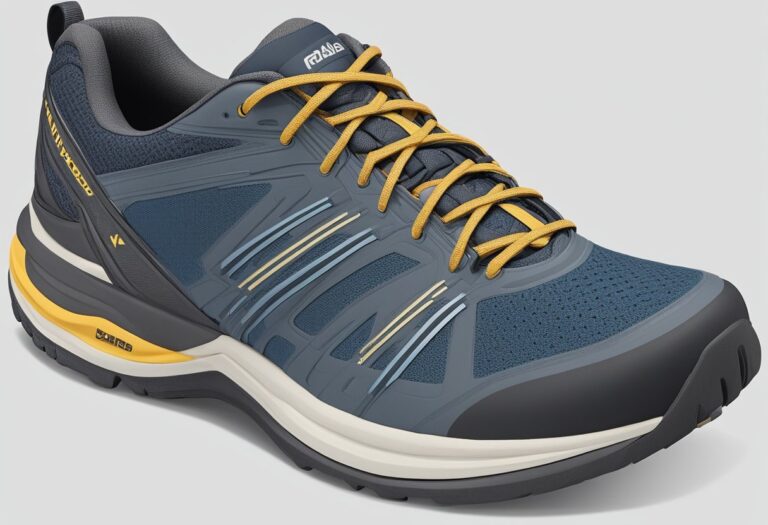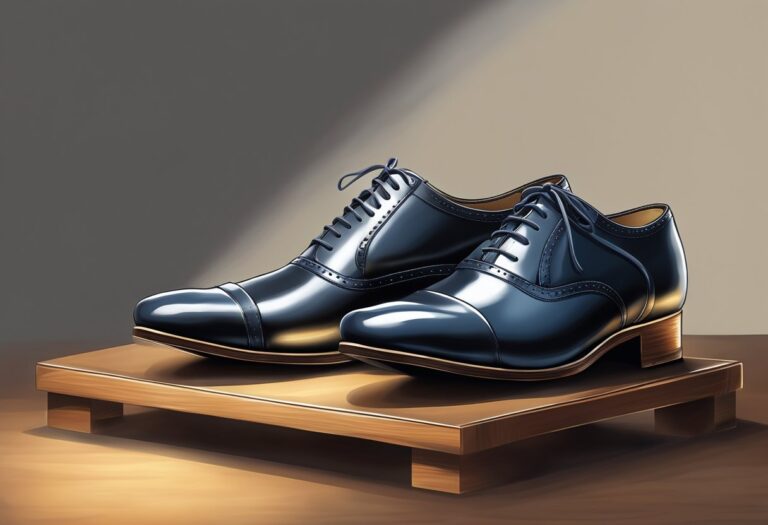How to Choose the Right Size for Men’s Dress Shoes: A Clear Guide
How to Choose the Right Size for Men’s Dress Shoes: A Clear Guide
When it comes to dressing up, men’s shoes are an essential part of their wardrobe. However, choosing the right size can be a daunting task, especially if you’re buying shoes online. Ill-fitting shoes not only look unappealing but can also cause discomfort and even lead to foot problems. Therefore, it’s crucial to know how to choose the right size for men’s dress shoes.

The first step to choosing the right size for men’s dress shoes is to measure your feet. Feet tend to change size and shape over time, so it’s essential to measure them periodically. You can measure your feet at home using a ruler or a measuring tape. Once you have your measurements, compare them to the shoe size chart to determine your shoe size. Keep in mind that different brands may have slightly different sizing, so it’s always best to try on shoes before purchasing them.
When trying on shoes, make sure to wear the same type of socks or hosiery that you plan to wear with the shoes. Walk around in the shoes to ensure that they fit comfortably and don’t pinch or rub anywhere. Check for proper arch support and enough room in the toe box. Remember that shoes should feel comfortable right away and should not require a “break-in” period. By following these simple steps, you can choose the right size for men’s dress shoes and ensure that you look and feel your best.
Understanding Shoe Sizing

Shoe Size Systems
When it comes to men’s dress shoes, there are several shoe size systems that you should be aware of. The most common systems are the US, UK, and European sizes. It is important to note that these systems are not always consistent with each other, which means that a size 9 in the US may not be the same as a size 9 in the UK or Europe.
To help you find the right size, it is recommended to check the manufacturer’s size chart or try on the shoes in person. Some brands may also offer half sizes or wide/narrow options to accommodate different foot shapes.
Measuring Your Foot at Home
If you are unable to try on the shoes in person, you can measure your foot at home to determine your size. To do this, you will need a ruler and a piece of paper.
- Place the piece of paper on a hard surface and stand on it with your heel against a wall.
- Use the ruler to measure the distance from the wall to the longest toe on your foot.
- Use the manufacturer’s size chart to determine your size based on the length of your foot.
It is important to measure both feet as they may be slightly different sizes. Additionally, it is recommended to measure your foot at the end of the day when it is at its largest size.
By understanding shoe sizing systems and measuring your foot at home, you can confidently choose the right size for your men’s dress shoes.
Factors Affecting Shoe Fit

Foot Width and Shoe Width
One of the most important factors affecting shoe fit is the width of both the foot and the shoe. A shoe that is too narrow will pinch and squeeze the foot, while a shoe that is too wide will cause the foot to slide around inside the shoe. It’s essential to measure both the width and length of the foot before purchasing a pair of shoes.
Shoe manufacturers typically offer different widths for their shoes, ranging from narrow to extra wide. It’s important to choose the width that matches the width of the foot. A shoe that fits snugly around the ball and heel of the foot but has extra space in the toe box is a good fit.
Arch Support and Footbed Contours
Another factor affecting shoe fit is the arch support and footbed contours. The arch of the foot should be supported by the shoe to prevent discomfort and injury. The footbed contours should match the shape of the foot to provide maximum comfort and support.
Some shoes come with removable insoles that can be replaced with custom orthotics or insoles to provide additional arch support. It’s important to choose a shoe that provides adequate arch support and footbed contours to prevent foot pain and discomfort.
Material and Flexibility
The material and flexibility of the shoe can also affect its fit. Stiff and inflexible shoes can cause discomfort and pain, while shoes that are too flexible can cause instability and lack of support.
It’s important to choose a shoe made from high-quality materials that provide both comfort and durability. A shoe that is too stiff or too flexible can cause foot pain and discomfort. A shoe that is made from high-quality materials and is flexible enough to allow for natural foot movement is the best choice.
Trying on Dress Shoes

The Importance of Trying on Both Shoes
Before making a purchase, it is essential to try on both shoes to ensure the best fit. Even if the shoes are the same size, there may be slight differences in the fit between the left and right shoe. Trying on both shoes will help identify any discrepancies and ensure that the shoes fit comfortably.
Assessing the Fit: Toe Room and Heel Slip
When trying on dress shoes, it is important to assess the fit in two key areas: toe room and heel slip. Toe room refers to the space between the end of the shoe and the toes. There should be enough room to wiggle the toes comfortably, but not so much that the foot slides forward in the shoe.
Heel slip occurs when the heel lifts out of the shoe with each step. A small amount of heel slip is normal, but excessive slip can cause discomfort and lead to blisters. To assess heel slip, walk around in the shoes and pay attention to how the heel feels.
Walking Test and Comfort Evaluation
The final step in assessing the fit of dress shoes is to perform a walking test and evaluate overall comfort. Walk around in the shoes on different surfaces, paying attention to any areas of discomfort or pressure points. Look for signs of rubbing or chafing, which can indicate an improper fit.
It is important to remember that dress shoes may require a break-in period, so some initial discomfort is normal. However, if the shoes continue to cause discomfort after a few wears, it may be necessary to exchange them for a different size or style.
By following these steps and taking the time to try on dress shoes properly, men can ensure a comfortable and stylish fit for any occasion.
Common Fit Issues and Solutions

Adjusting for Narrow or Wide Feet
One common fit issue when it comes to men’s dress shoes is finding a pair that fits comfortably for individuals with narrow or wide feet. For those with narrow feet, it may be helpful to look for shoes that come in a narrow width size or to try on shoes with lacing or buckles that can be adjusted for a snug fit. On the other hand, those with wider feet may want to look for shoes that come in a wider width size or try on shoes with a roomier toe box.
Another solution for both narrow and wide feet is to consider getting the shoes stretched by a professional cobbler. This can help to alleviate any discomfort and ensure a proper fit.
Dealing with Half Sizes and In-Betweeners
Another common fit issue is finding the right size for those who fall in between standard shoe sizes or wear a half size. In this case, it may be helpful to try on both the smaller and larger size and see which one feels more comfortable. It is also important to keep in mind that some shoe brands may run larger or smaller than others, so it may be helpful to read reviews or ask for recommendations before making a purchase.
For those who wear a half size, it may be worth considering purchasing shoe inserts or insoles to help fill any extra space and provide additional comfort. Alternatively, some shoe brands offer shoes in half sizes or with a wider range of sizes to choose from.
Maintaining the Right Fit

The Role of Shoe Care
Taking good care of your dress shoes is essential in maintaining the right fit. Proper shoe care not only extends the life of your shoes, but also ensures that they fit well and feel comfortable. Here are some tips for maintaining the right fit:
- Clean your shoes regularly: Use a soft-bristled brush to remove dirt and dust from your shoes. Use a damp cloth to wipe away any stains or spills. Make sure to dry your shoes thoroughly before wearing them again.
- Use shoe trees: Shoe trees help maintain the shape of your shoes and prevent them from developing creases. They also absorb moisture and odors, keeping your shoes fresh and dry.
- Polish your shoes: Polish not only gives your shoes a shiny finish, but also helps protect the leather from cracking and drying out. Use a high-quality shoe polish that matches the color of your shoes.
- Store your shoes properly: Store your shoes in a cool, dry place away from direct sunlight. Avoid storing them in plastic bags or containers, as this can cause the leather to dry out.
When to Re-Evaluate Your Shoe Size
Even with proper shoe care, your feet may change over time, and it’s important to re-evaluate your shoe size periodically. Here are some signs that it may be time to re-evaluate your shoe size:
- Your shoes feel tight or uncomfortable: If your shoes feel tight or uncomfortable, it may be a sign that they no longer fit properly. This can be caused by changes in your foot size or shape.
- Your toes are cramped: If your toes are cramped or feel like they’re being squeezed, your shoes may be too small. This can cause foot pain and other problems.
- Your heels slip out of your shoes: If your heels slip out of your shoes when you walk, your shoes may be too big. This can cause blisters and other foot problems.
By following these tips and re-evaluating your shoe size periodically, you can ensure that your dress shoes fit well and feel comfortable.

